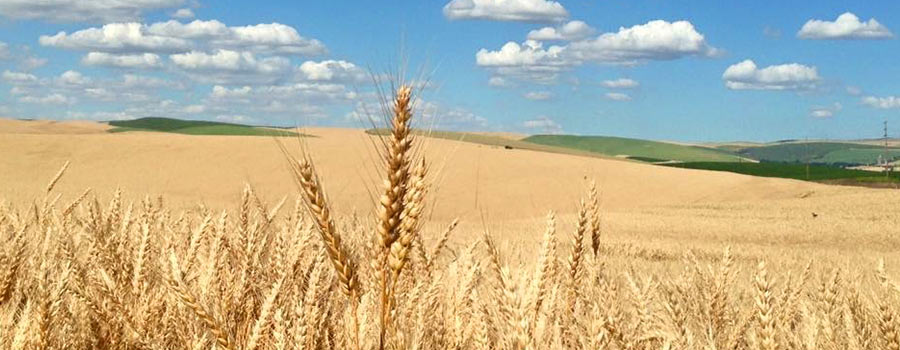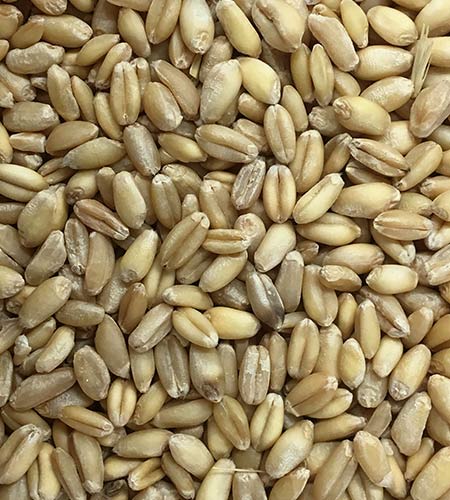
(SWW) |
Soft White Wheat(SWW)
This soft white wheat is mainly produced in the Pacific Northwest region of the United States. SWW comes in autumn-sown and spring-sown varieties, and is further separated into three subclasses: Soft White Wheat (10 percent or less White Club Wheat), White Club Wheat (10 percent or less Soft White Wheat), and Western White Wheat for export, which is a mix of the two previous varieties. SWW has low protein content, and is used to make sponge cakes and other confections. |
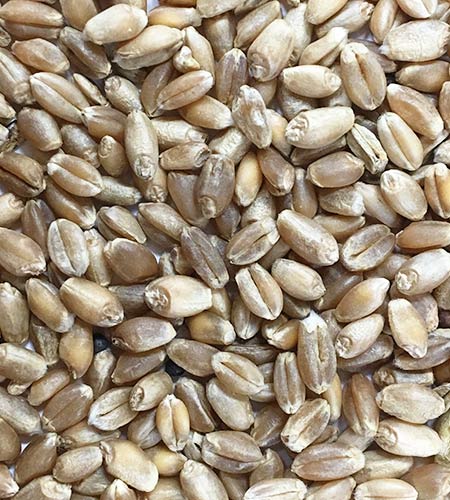
(HRW) |
Hard Red Winter Wheat(HRW)
This is a hard red winter wheat mainly produced in the Midwest region of the United States. In the U.S. market, it is commonly used to make bread. In Japan, HRW is used to make semi-strong wheat flour, which is then used to make such products as ramen noodles. |
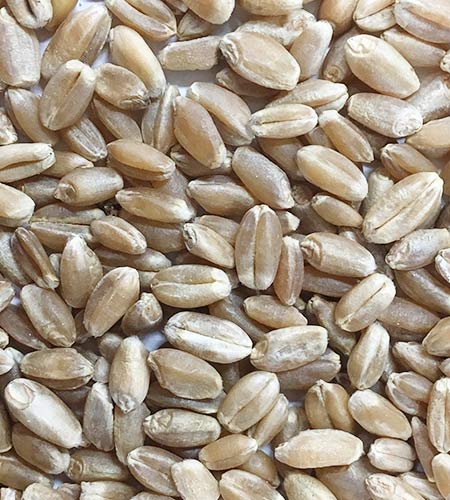
(HRS) |
Hard Red Spring Wheat(HRS)
HRS is a hard red spring wheat mainly produced in the northern Great Plains states of North Dakota and Montana in the United States. It is the best type of all American wheat classes for making bread. It is further separated into three subclasses based on the percentage of dark hard vitreous (DHV) kernels:
A)Dark Northern Spring: 75 percent or more
B)Northern Spring: 25 percent or more, less than 75 percent
C)Hard Red Spring: Less than 25 percent
|
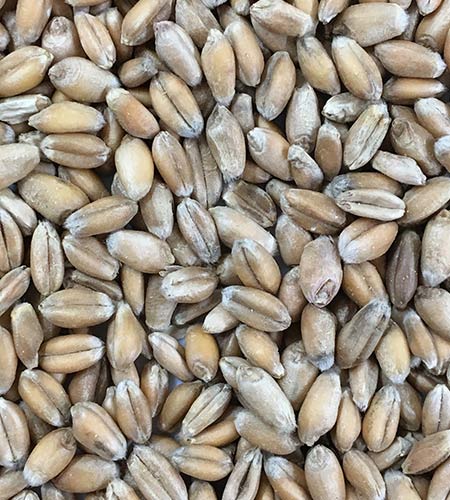
(SRW) |
Soft Red Winter Wheat
This wheat is produced broadly between the Midwest and Eastern United States. Within the U.S. market, it is used for making confections. It is primarily exported from the U.S. Gulf Coast. |
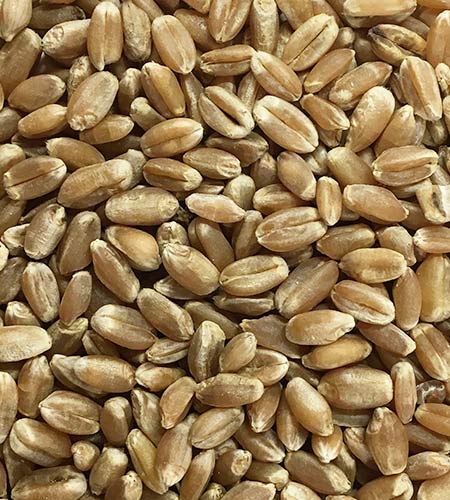
(CWRS) |
Canadian Western Red Spring Wheat(CWRS)
CWRS is a hard red spring wheat produced in the three states of the Canadian Prairies (Alberta, Saskatchewan and Manitoba). There are four grades of CWRS, from No.1 to No.3 and feed grade. The top grades are excellent for making bread. |
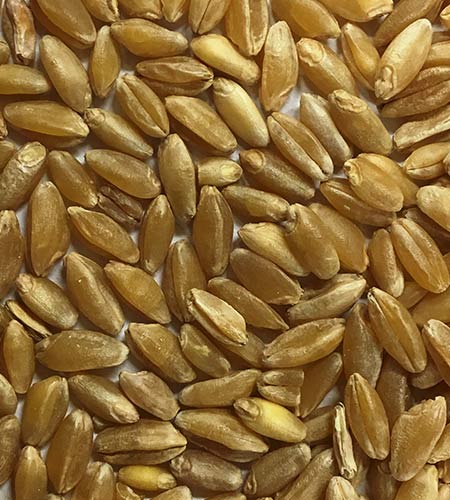
Durum Wheat |
Durum Wheat
Durum wheat is produced in Canada and the United States. The Canadian classes are known as Canadian Western Amber Durum (CWAD). American durum wheat is separated into three subclasses based on the percentage of DHV kernels: Hard Amber Durum (75 percent or more), Amber Durum (60 percent or more, less than 75 percent), and Durum (less than 60 percent). Durum wheat is highly suited for pasta. |
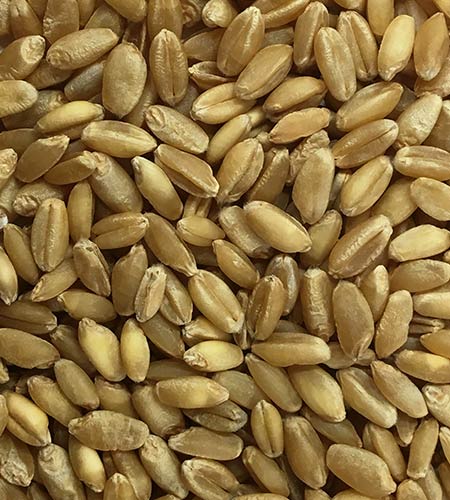
(ASW) |
Australian Standard White Wheat(ASW)
ASW is produced in the Australian state of West Australia. It is an export class that is a blend of Australian Noodle Wheat and Australian Premium White Wheat, and is well suited for making Japanese udon noodles. |
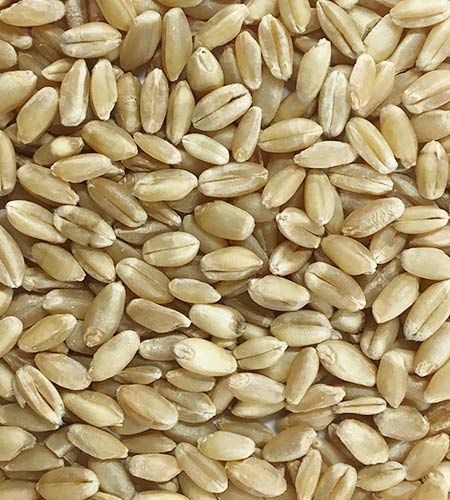
(APH) |
Australian Prime Hard Wheat(APH)
APH is a wheat well suited for making ramen and other Chinese-style noodles produced in the Australian states of Queensland and New South Wales. |
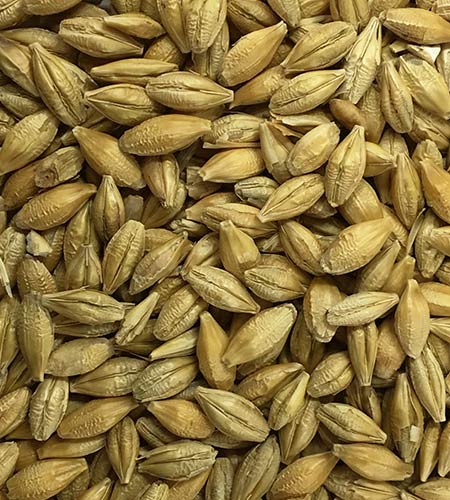
Feed Barley |
Feed Barley
Produced in various countries around the world, feed barley is processed for use as fodder by grinding, rolling, etc. Feed barley improves the meat quality of beef cattle, making it important for beef production. Japan imports its feed barley from Australia, Canada, the United States, Europe and other places. |
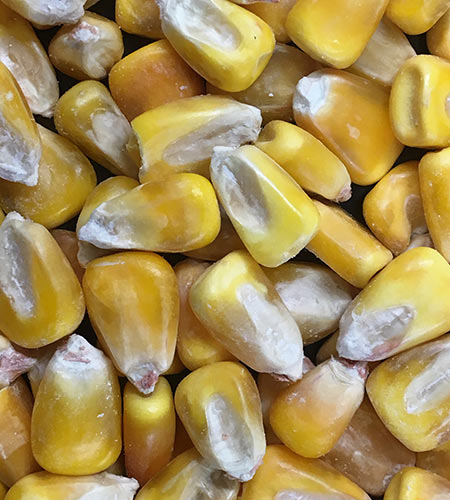
Corn |
Corn
Corn is a primary feed ingredient, and makes up about half of compound feed. An excellent feed ingredient for livestock due to its high nutritional value, it is processed for use as fodder by grinding, rolling, etc. The United States and Brazil are the biggest corn producers. |
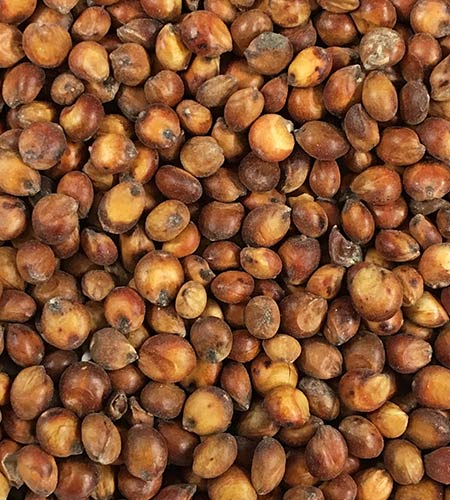
Sorghum |
Sorghum
Like corn,sorghum (also known as milo) is a primary feed ingredient and is processed for use as fodder by grinding, rolling, etc. The United States, Australia and Argentina are its biggest producers. It is known in Japan as kouryan. |
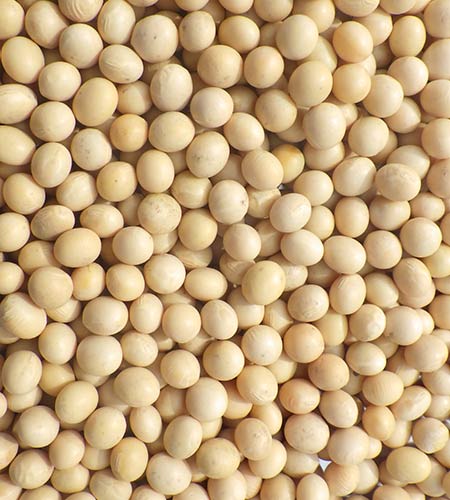
Soybeans |
Soybeans
Soybeans are a type of oilseed with high oil content, and they are used to produce vegetable oil. Soybean meal, which is made by drying the residue that remains after the oil pressing process, is an important source of protein in compound feed. The United States and Brazil are its biggest producers. |
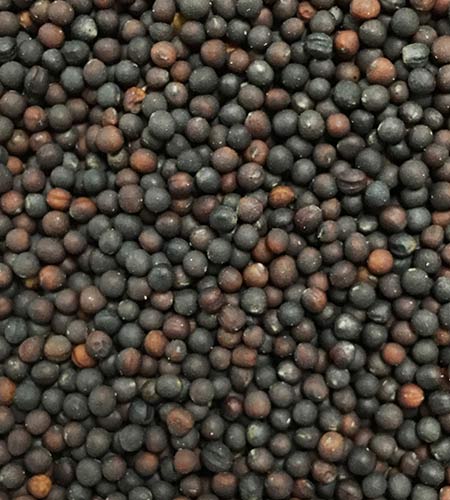
Canola |
Canola
Like soybeans, rapeseed is a variety of oilseed. The seed, harvested from the rape plant, is used to make rapeseed oil (colza oil) and canola oil. Rapeseed meal, made from the residue that remains after the pressing process, is used as feed and fertilizer. Its biggest producers are Canada and Australia. |
